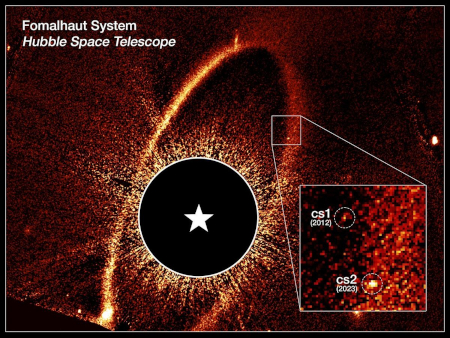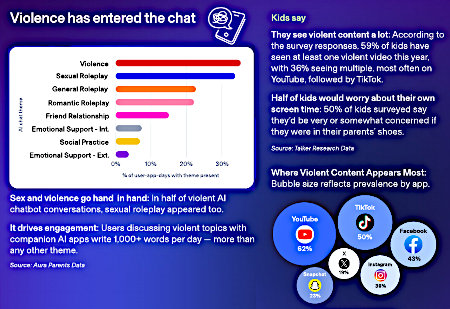Japan launches a Japanese GPS-type satellite; upper stage fails however
UPDATE: It is now confirmed the launch was a failure.
While the H3 was able to lift off from the Tanegashima Space Center in Kagoshima Prefecture at 10:51 a.m., the second-stage rocket engine did not start properly and stopped burning earlier than scheduled, the Japan Aerospace Exploration Agency (JAXA) said.
Original post:
—————————-
Japan’s space agency JAXA this evening (December 22 in Japan) launched a Japanese GPS-type satellite designed to work in conjunction with the U.S. GPS constellation, its H3 rocket lifting off from its Tanegashima spaceport.
However, it appears the second stage engine shut down prematurely. The status of the satellite is presently uncertain.
This was Japan’s fourth launch in 2025, which is about the average number of annual launches it has managed for the past two decades. Japan only had three successful launches this year.
The leaders in the 2025 launch race:
168 SpaceX
85 China
18 Rocket Lab
15 Russia
SpaceX still leads the rest of the world in successful launches, 168 to 142.
UPDATE: It is now confirmed the launch was a failure.
While the H3 was able to lift off from the Tanegashima Space Center in Kagoshima Prefecture at 10:51 a.m., the second-stage rocket engine did not start properly and stopped burning earlier than scheduled, the Japan Aerospace Exploration Agency (JAXA) said.
Original post:
—————————-
Japan’s space agency JAXA this evening (December 22 in Japan) launched a Japanese GPS-type satellite designed to work in conjunction with the U.S. GPS constellation, its H3 rocket lifting off from its Tanegashima spaceport.
However, it appears the second stage engine shut down prematurely. The status of the satellite is presently uncertain.
This was Japan’s fourth launch in 2025, which is about the average number of annual launches it has managed for the past two decades. Japan only had three successful launches this year.
The leaders in the 2025 launch race:
168 SpaceX
85 China
18 Rocket Lab
15 Russia
SpaceX still leads the rest of the world in successful launches, 168 to 142.



















